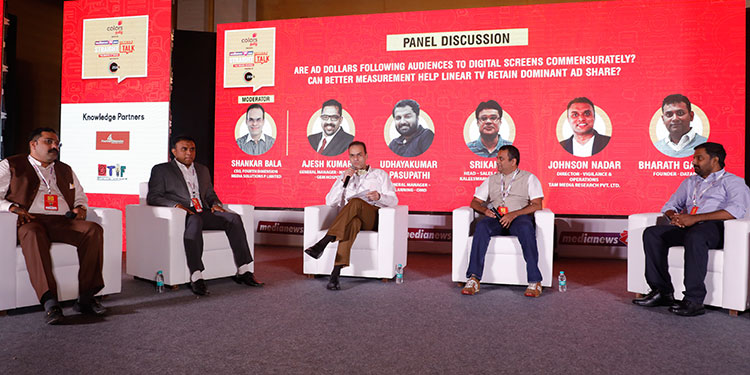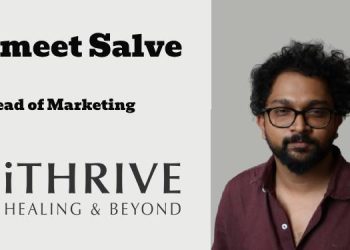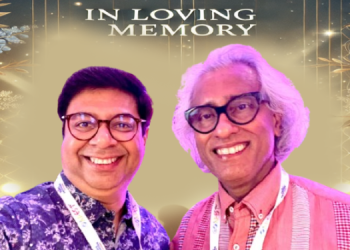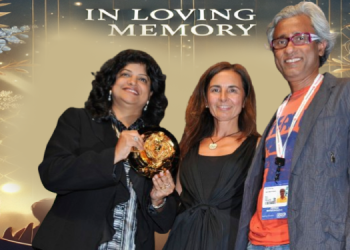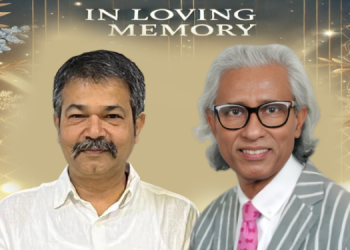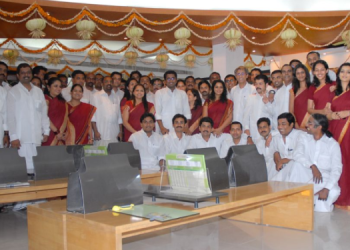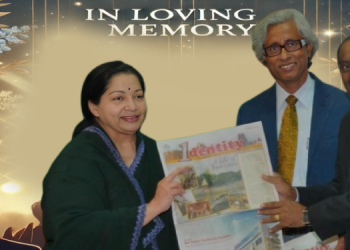Are ad dollars following audiences to digital screens commensurately? Can better measurement help linear TV retain dominant ad share?, the panel discussion at the 3rd edition of Medianews4u Straight Talk deeply delved into key factors surrounding the new forms of media data. The panel was moderated by Shankar Bala – CEO, Fourth Dimension Media Solutions. The panel had Ajesh Kumar, GM, GEM Hospitals, Udaykumar Pasupathi, Branch Head, OMD Chennai, Johnson Nadar, Head of Research South India, TAM Media Research, Bharath G, Founder & CEO, DataPOEM.
Johnson began the session by explaining the importance of research for brands, “All the brands at some point of time need research to understand the market, the value of their product from the end-users point of view. Research is quite important to know which content is watched a lot, what brands or ads are being displayed and what duration of time can reach a lot of people”. He went on to prove his point by quoting the example of The Chennai Silks, MD T K Chandiran’s experience of data helped them understand the importance of location for their stores.
Bharath of DataPOEM went on to add saying, “More than 75% of marketers make decisions based on perceptions and value systems”.
Talking about the need for advertising for healthcare brands, Ajesh said, “The core objective of advertising healthcare is that we want to be somebody in your family. People are much aware of healthcare due to the overdose of information. Speaking practically people know where to go and want to get treated at the best brand such as Apollo though not everyone can afford it. So, we as healthcare brands are thriving to get there and it is important because we have to run the chains of demand and supply.”
As a media expert, Udhay spoke about how serious OTT as a platform is, by giving data about how much percentage of the money they make, he said’ “OTT Platforms are not making as much as they should be. They only make about 10-12% of digital AdEx including Dailyhunt. While digital AdEx itself is about 25-30% of what media spends. Search and social and social networks make the most out of digital AdEx. People kept putting money behind the performance. Personally, I feel we should be doing audience planning, not media planning to achieve business objectives. Throughout pandemic OTT platforms have grown consuming a lot of content”.
Further when asked about the future of OTT platforms in India and if print can be replaced by digital and television by OTT, Udhay went on to explain that, “Television penetration is only about 67-70% doesn’t think it can replace print in near future as digital maturity has increased only recently. But digital is growing well and some of them like Hotstar and ZEE5 invest a lot in original content which will be helping in making digital grow better. Digital being fragmented across platforms, takes longer time to reach a significant fraction of people compared to print and television.”
Data being the next big thing around the globe, Bharath gave insights on how data could help brands succeed. He said, “The reason why we exist is that there is no unified platform which can tell brands on what is working and what is not working holistically. We basically tell the brands about the causation of the activities they performed on the outcome. Hence they can plan better.”
Johnson on whether regional brands similarly embrace research as that of national brands said, “Even smaller brands want to know how their product is performing and what their ultimate users feel like but not on a large scale. They demand research only on a regional level or at a level of their market reach.”
Ajesh commented on the media planning for healthcare by saying, “Healthcare is a different animal altogether. You can’t solicit. We can just explain the services we provide. So, OTT platforms are far faced for us because of skyrocketing budgets. The money spent by hospitals is the money of patients and therefore we need to spend them prudently. In that case ROI and top of the mind, the recall has to be calculatedly constructed. Unfortunately, research-based media is not present”.
Concerning an overdose of OTT Udhay pointed out that, “Vernacular is the future as the domestic market is huge. Not for just OTT but even physical print is still alive to a major extent due to vernacular. Because there are a lot of stories to be told and when there are limited avenues more OTTs come up. In terms of reach, as local, as we go the more global, we can reach. As consumers, we are hungry for more content so there is space for the new players to come in. But I believe at some point in time consolidation will happen”.
Adding to it, Bharath spoke on how brands can invest wisely if they can measure ROI, he said, “It’s no longer media metrics. If we can see the effectiveness metrics then brands can do better. If brands invest based on media effectiveness and not media efficiency then they can reap much higher profits and this needs a unified measurement hence data-based decisions are important. Even from a publisher point of view, tier two publishers who have a niche audience like HelloFM do not get a fair share if they concentrate on media efficiency and not effectiveness”.
The session concluded by answering the question put forth by the audience on how the trend changed for the weightage given to data on media planning vs post-execution. Both Bharath and Udhay highlighted that “Wings of change have come”.

